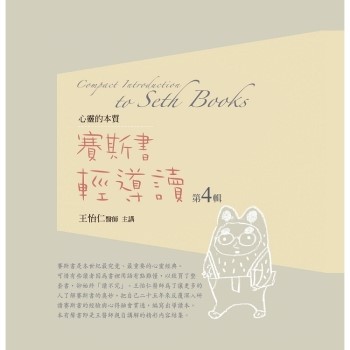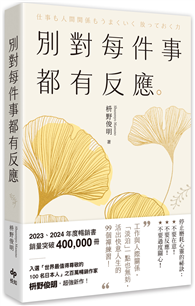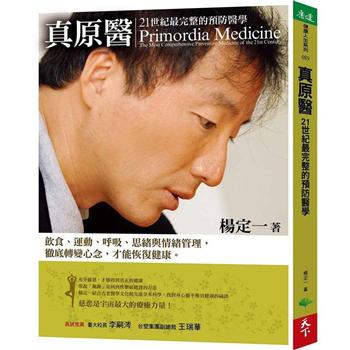Timothy Shay Arthur (1809 - 1885) was a popular 19th-century American author. He is most famous for his temperance novel Ten Nights in a Bar-Room and What I Saw There, which helped demonize alcohol in the eyes of the American public. He was also the author of dozens of stories for Godey’s Lady’s Book, the most popular American monthly magazine in the antebellum era, and he published and edited his own Arthur’s Home Magazine, a periodical in the Godey’s model, for many years. Arthur did much to articulate and disseminate the values, beliefs, and habits that defined respectable, decorous middle-class life in antebellum America. As a young man, Arthur devoted as much time as he could to reading and fledgling attempts to write. By 1830, he had begun to appear in local literary magazines. He also participated in an informal literary coterie called the Seven Stars (the name drawn from that of the tavern in which they met), whose members also included Edgar Allan Poe.The 1830s saw Arthur mount a number of efforts to become a professional author and publisher. 1854 was also the year Arthur published Ten Nights in a Bar-Room. The novel sold well, but insinuated itself in the public consciousness largely on the basis of a very popular stage version that appeared soon after the book. The play remained in continuous production well into the 20th century when at least two movie versions were made. Arthur attained great popularity while he lived, but was not well regarded by the era’s literati. His old acquaintance Poe, for example, wrote in Graham’s Magazine that Arthur was "uneducated and too fond of mere vulgarities to please a refined taste." Conscious of his own lack of brilliance, Arthur thought stories should impart beneficial life lessons by means of plainly written, realistically depicted scenes. Though often ruined by strident moralism and pious sentimentalism, Arthur’s writing at its best-as in Ten Nights in a Bar-Room-can be both brisk and poignant. Arthur’s ideas seem simplistic, even oppressive, today, but many readers in his time found him relevant, helpful, reassuring, and compelling.
| FindBook |
有 1 項符合
Ten Nights in a Bar-Room and What I Saw There的圖書 |
 |
Ten Nights in a Bar-Room and What I Saw There 作者:Arthur 出版社:Createspace Independent Publishing Platform 出版日期:2012-07-04 語言:英文 規格:平裝 / 140頁 / 22.91 x 15.19 x 0.76 cm / 普通級/ 初版 |
| 圖書館借閱 |
| 國家圖書館 | 全國圖書書目資訊網 | 國立公共資訊圖書館 | 電子書服務平台 | MetaCat 跨館整合查詢 |
| 臺北市立圖書館 | 新北市立圖書館 | 基隆市公共圖書館 | 桃園市立圖書館 | 新竹縣公共圖書館 |
| 苗栗縣立圖書館 | 臺中市立圖書館 | 彰化縣公共圖書館 | 南投縣文化局 | 雲林縣公共圖書館 |
| 嘉義縣圖書館 | 臺南市立圖書館 | 高雄市立圖書館 | 屏東縣公共圖書館 | 宜蘭縣公共圖書館 |
| 花蓮縣文化局 | 臺東縣文化處 |
|
|
圖書介紹 - 資料來源:博客來 評分:
圖書名稱:Ten Nights in a Bar-Room and What I Saw There
|











